The art of baking a perfect chiffon cake is a delicate balance between science and technique. Among the many challenges bakers face, preventing the cake from collapsing is perhaps the most frustrating. One critical step that often gets overlooked in the pursuit of speed is the importance of proper cooling – specifically, inverting the cake to cool completely. This simple yet vital technique can mean the difference between a lofty, airy masterpiece and a dense, sunken disappointment.
Why does a chiffon cake collapse in the first place? The answer lies in its unique structure. Unlike butter cakes that rely on fat for stability, chiffon cakes achieve their signature lightness through whipped egg whites and oil. This creates an exceptionally tender crumb that remains delicate until fully set. When removed from the oven, the cake's structure is still fragile – the steam that helped it rise needs time to dissipate, and the proteins in the eggs require time to firm up completely.
The inverted cooling method serves multiple purposes. First, it allows gravity to work in the baker's favor. By hanging the cake upside down, the weight of the cake helps stretch the structure gently downward rather than allowing it to compress under its own weight. This counterintuitive approach maintains the cake's height and prevents the top from sinking. Second, the air circulation around the entire cake promotes even cooling, which is essential for setting the structure uniformly.
Timing is everything when it comes to proper cooling. Many bakers make the mistake of removing the cake from the pan too soon, tempted by the delicious aroma filling their kitchen. However, patience truly is a virtue here. The cake needs to cool completely – often for 2-3 hours – before attempting to remove it from the pan. This extended cooling period allows the internal structure to stabilize fully. Rushing this process can cause the cake to collapse, as the still-warm interior hasn't had sufficient time to set.
The type of pan used plays a significant role in successful cooling as well. Traditional chiffon cake pans with a central tube and removable bottoms are designed specifically for this purpose. The tube allows heat to escape more evenly during baking and provides a sturdy anchor point for inverting. When inverted, the cake hangs freely around the tube, preventing any compression that might occur if it were sitting on a flat surface. The removable bottom makes extraction easier once the cake has cooled completely.
Environmental factors can influence the cooling process more than many bakers realize. A drafty kitchen or placing the hot cake near an open window can cause uneven cooling, potentially leading to collapse. Similarly, high humidity can affect how quickly the cake sets. The ideal environment is a room-temperature space with minimal air movement where the cake can cool gradually and evenly. Some professional bakers even go so far as to turn off ceiling fans or air conditioning during this critical phase.
Understanding the science behind why this method works can help bakers appreciate its importance. During baking, the heat causes the air bubbles in the batter to expand, creating the cake's light texture. As the cake cools, these bubbles contract. If the cake cools right-side up, gravity causes the top to pull inward as it contracts, creating that dreaded sunken center. Inverting the cake allows the structure to contract evenly in all directions, maintaining its volume and shape.
For those new to chiffon cakes, the sight of hanging an apparently delicate cake upside down can be nerve-wracking. However, with proper preparation, the cake is more resilient than it appears. Ensuring the cake is fully baked (a tester should come out completely clean) provides the necessary structural integrity to withstand inversion. The cake should release from the sides of the pan naturally as it cools – never try to loosen it manually while it's still warm as this can damage the delicate structure.
The cooling process also affects the final texture of the cake. A properly cooled chiffon cake will have that perfect balance of lightness and moistness that makes this dessert so special. Rushing the cooling can result in a gummy texture as the starches haven't had time to set properly. Conversely, allowing the cake to cool too slowly in a humid environment can make it overly dense. Finding that sweet spot of cooling time is key to achieving professional-quality results at home.
Advanced bakers often develop their own variations on the cooling technique based on experience. Some prefer to cool the cake partially upside down before carefully turning it right-side up for the final stage of cooling. Others experiment with different hanging methods or cooling racks. However, the fundamental principle remains the same – the cake must be supported in a way that prevents compression while allowing thorough, even cooling from all sides.
Seasoned bakers know that the cooling process begins before the cake even comes out of the oven. Proper baking – not underdone or overdone – sets the stage for successful cooling. An underbaked cake won't have enough structure to hold up during cooling, while an overbaked cake may become too dry and brittle. The perfect bake will spring back lightly when touched and show no signs of wet batter when tested with a skewer.
The importance of this technique becomes especially apparent when making larger chiffon cakes. As the volume increases, so does the risk of collapse. Commercial bakeries producing tall, impressive chiffon cakes often use specialized cooling racks that support the inverted cake at multiple points to distribute the weight evenly. Home bakers can achieve similar results by ensuring their cooling setup provides adequate support for the cake's size and weight.
Cultural variations in chiffon cake preparation offer interesting insights into alternative cooling methods. Some traditional Japanese techniques, for instance, involve cooling the cake right-side up but with particular attention to steam release. However, these methods typically require specific ingredient adjustments or baking modifications to compensate for not inverting. For most Western-style chiffon recipes, inversion remains the most reliable method for preventing collapse.
Beyond preventing collapse, proper cooling affects how the cake ages. A chiffon cake cooled correctly will maintain its texture better over time, remaining moist and tender for longer. This is particularly important for bakers who need to prepare cakes in advance for special occasions. The difference between a cake that stays fresh for two days versus one that turns rubbery or dry overnight often comes down to how it was cooled initially.
Common troubleshooting scenarios often trace back to cooling issues. A cake that shrinks dramatically likely didn't cool upside down long enough. One that sticks to the pan may have been removed too soon or not cooled completely. Cracks on the surface can indicate too-rapid cooling. By mastering the cooling process, bakers can eliminate many of these problems before they occur, leading to consistently better results.
The psychological aspect of waiting shouldn't be underestimated either. In our fast-paced world, allowing several hours for a cake to cool properly requires discipline and patience. Yet this waiting period is what separates adequate bakers from exceptional ones. The ability to resist temptation and give the cake the time it needs demonstrates true baking mastery and respect for the process.
As home baking continues to grow in popularity, understanding these fundamental techniques becomes increasingly valuable. While fancy decorations and innovative flavors capture attention, it's the mastery of basics like proper cooling that creates truly outstanding baked goods. For chiffon cakes especially, how the cake is treated after it leaves the oven is just as important as what happens before and during baking.
Ultimately, the inverted cooling method represents more than just a technique – it embodies the philosophy of patience and precision that defines professional-quality baking. By honoring this crucial step, bakers honor the delicate nature of the chiffon cake itself, allowing it to achieve its full potential in both height and texture. The reward for this patience is a cake that's as beautiful to behold as it is delicious to eat.

By /Jul 31, 2025
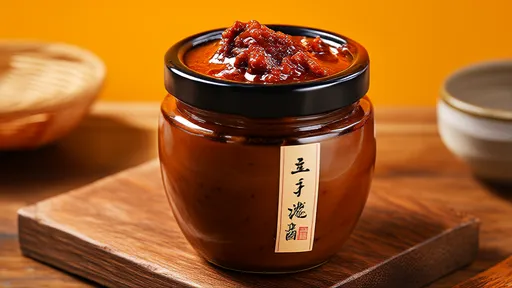
By /Jul 31, 2025

By /Jul 31, 2025

By /Jul 31, 2025
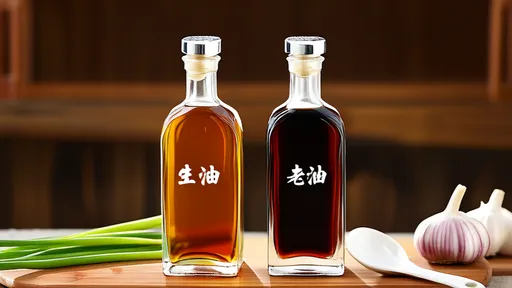
By /Jul 31, 2025
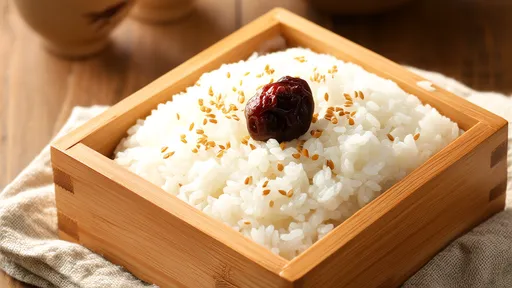
By /Jul 31, 2025

By /Jul 31, 2025

By /Jul 31, 2025

By /Jul 31, 2025
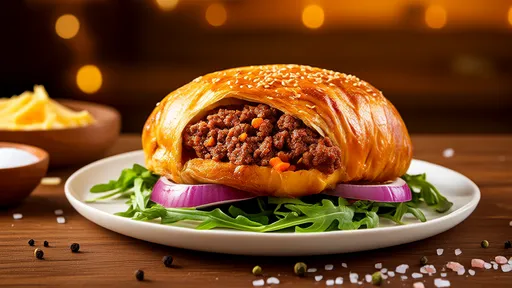
By /Jul 31, 2025
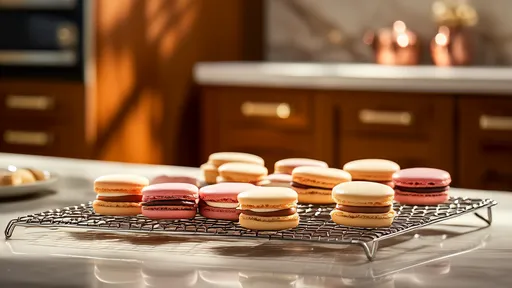
By /Jul 31, 2025

By /Jul 31, 2025

By /Jul 31, 2025
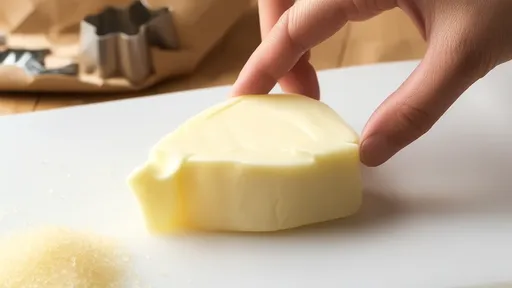
By /Jul 31, 2025

By /Jul 31, 2025
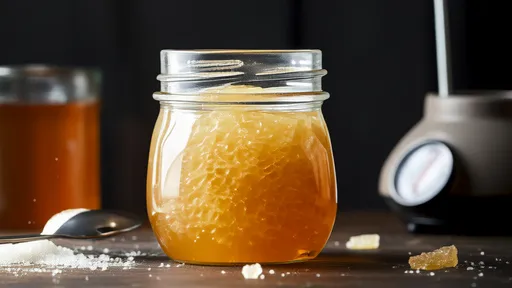
By /Jul 31, 2025

By /Jul 31, 2025
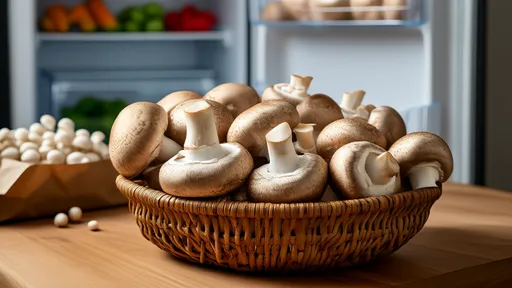
By /Jul 31, 2025
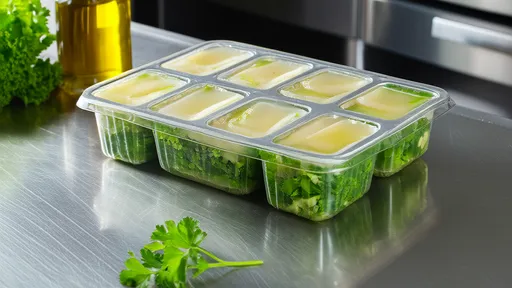
By /Jul 31, 2025
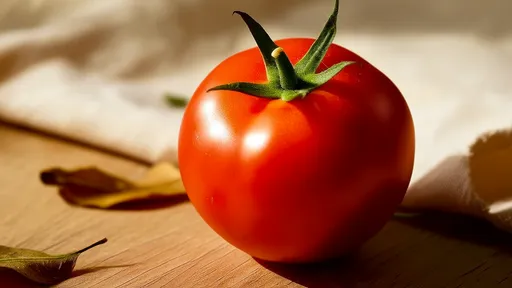
By /Jul 31, 2025